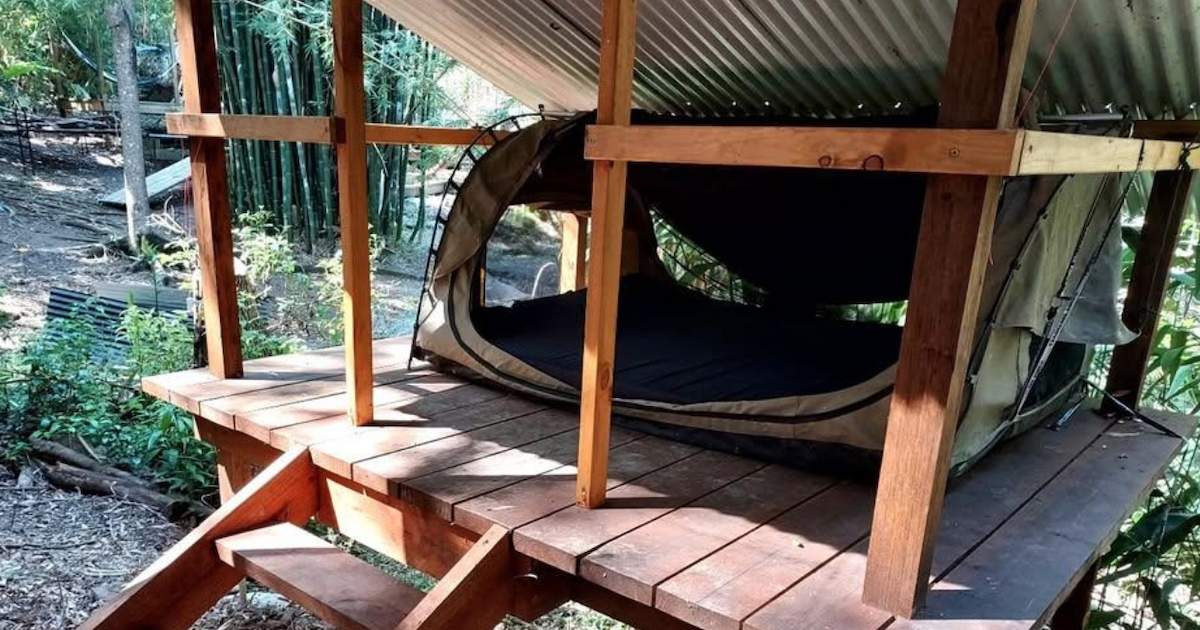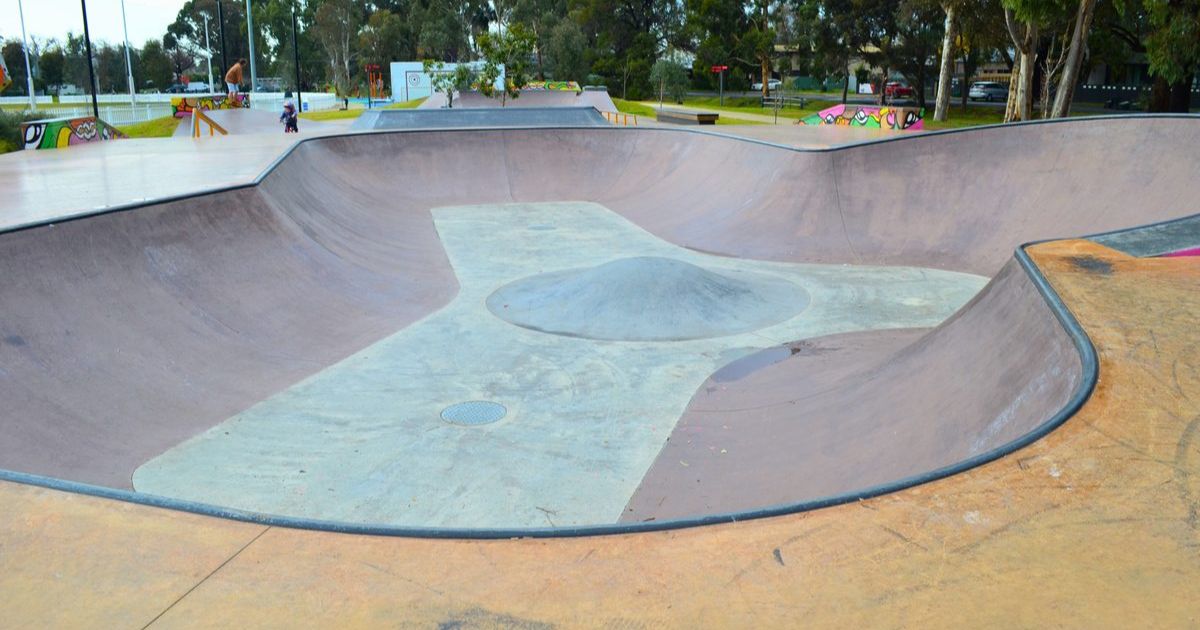Remembering Redcastle
REDCASTLE was once a thriving mining centre with its own township, but these days it’s a rural district where sheep graze and wine grapes grow.
In March 1915, McIvor Times editor George Robinson published Reminiscences of Redcastle.
“The township of Redcastle, about 12 miles to the north of Heathcote, was at one time an important mining centre, noted for the richness of its quartz reefs, and also having alluvial workings, the auriferous area of Redcastle, including Staffordshire Flat, where there were also good reefs,” he wrote.
“Redcastle was opened in the [eighteen] fifties and during its prosperous days had a large population.
“At Curly Dog Gully, which is about three miles from Redcastle, the alluvial was very good, Alexander Montgomery, with five mates, in their claim took the grass off and had about 5 feet of wash-dirt which went an ounce of gold to the load, making £10 a week each.
“Various reefs at Redcastle were held to be payable for antimony as well as gold, including the Union Gold and Antimony mine, about a mile to the east of Redcastle, on the Graytown road.”
Several Heathcote businesses, such as Craven’s Stores, had branches at Redcastle.
Police officers were stationed in the town and police court hearings were held, while there was an iron lock-up to contain miscreants.
There was also a post office, a butcher’s shop, a bakery and at least two hotels, including the All Nations, which operated until 1879, and the Albion.
For many years the McIvor Times carried regular news from Redcastle.
In the early 1860s these were basic mining reports, but by the 1870s a new Redcastle correspondent filled his column with flowery language and flights of fancy.
He was also not shy about voicing ambitious proposals, such as building a canal.
“My proposition, made known in a previous letter, for rendering Heathcote and Redcastle easier of access to each other by means of a canal, would seem to have provoked a slight sally of mirth, or ridicule, from some antediluvians, at my expense, but, sir, I really think that our noblest aspirations ought to carry us further than to merely have a certain quantity of damper and mutton doled out to us every morning,” he wrote.
By the end of the nineteenth century these columns had mostly dwindled to brief notes about religious gatherings and sports.
In April 1901 the McIvor Times reported on a meeting to discuss celebrating Australia’s first Federal Parliament and claimed “that the people of Redcastle are not depressed by the sense that their township is small or their neighbours far and few.”
But this confident assertion was not reflected by reality and by 1902 Redcastle School was under significant pressure.
On 30 January, the McIvor Times cited “the great number of holidays throughout the year, a half-time school, and the frequent changes of teachers are grievances of which the parents of the children have just right to complain.”
While the school did return to full time status later that year, its days were numbered and its doors shut for the last time in the 1930s.
Once local roads improved, along with the advent of motorised vehicles, Redcastle’s days as a township, rather than a locality, were limited.
The Albion Hotel, also known as Clarke’s, was closed by the Licences Reduction Board at the end of 1913 and this removed one of the community’s remaining gathering places.




















